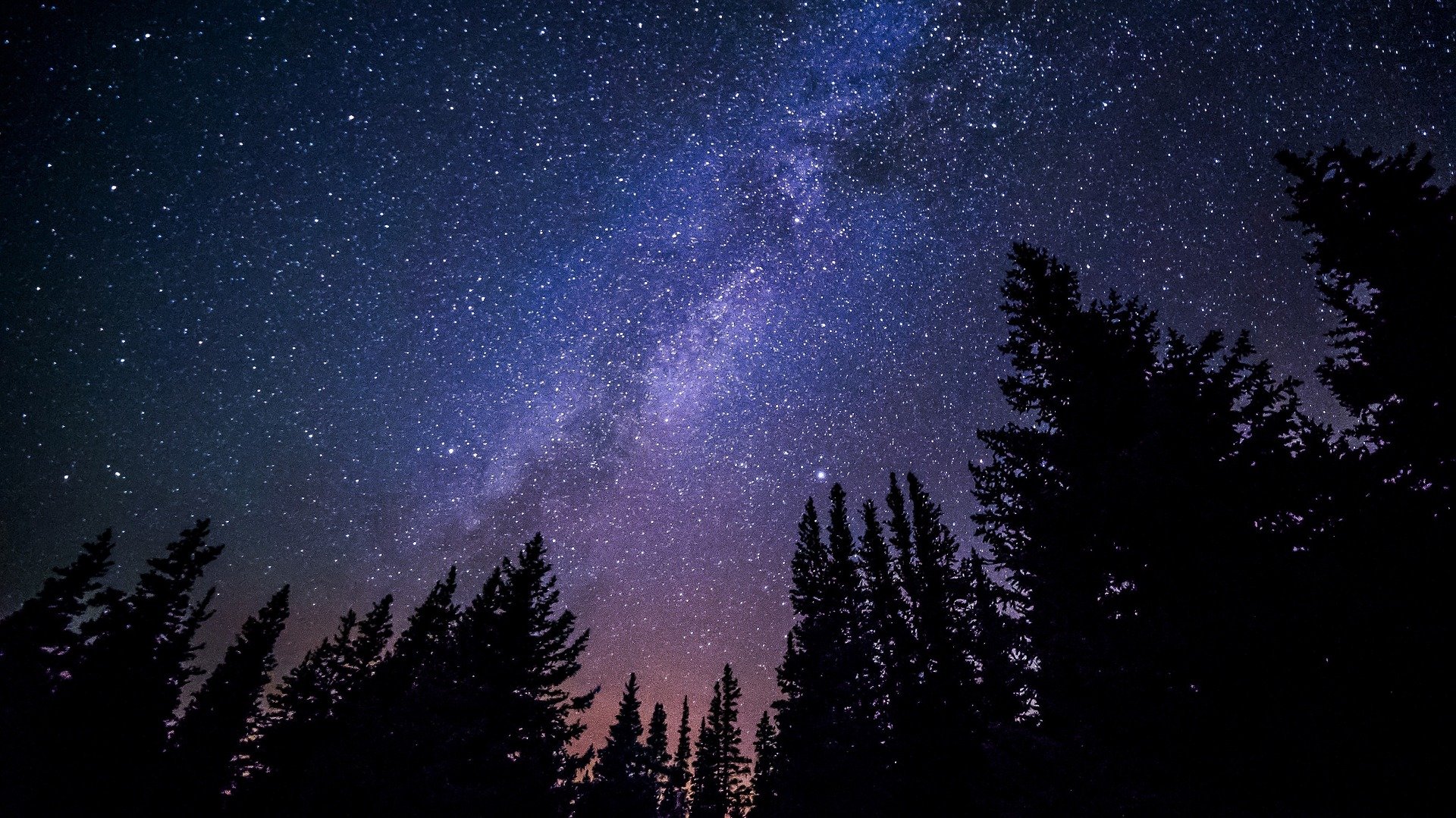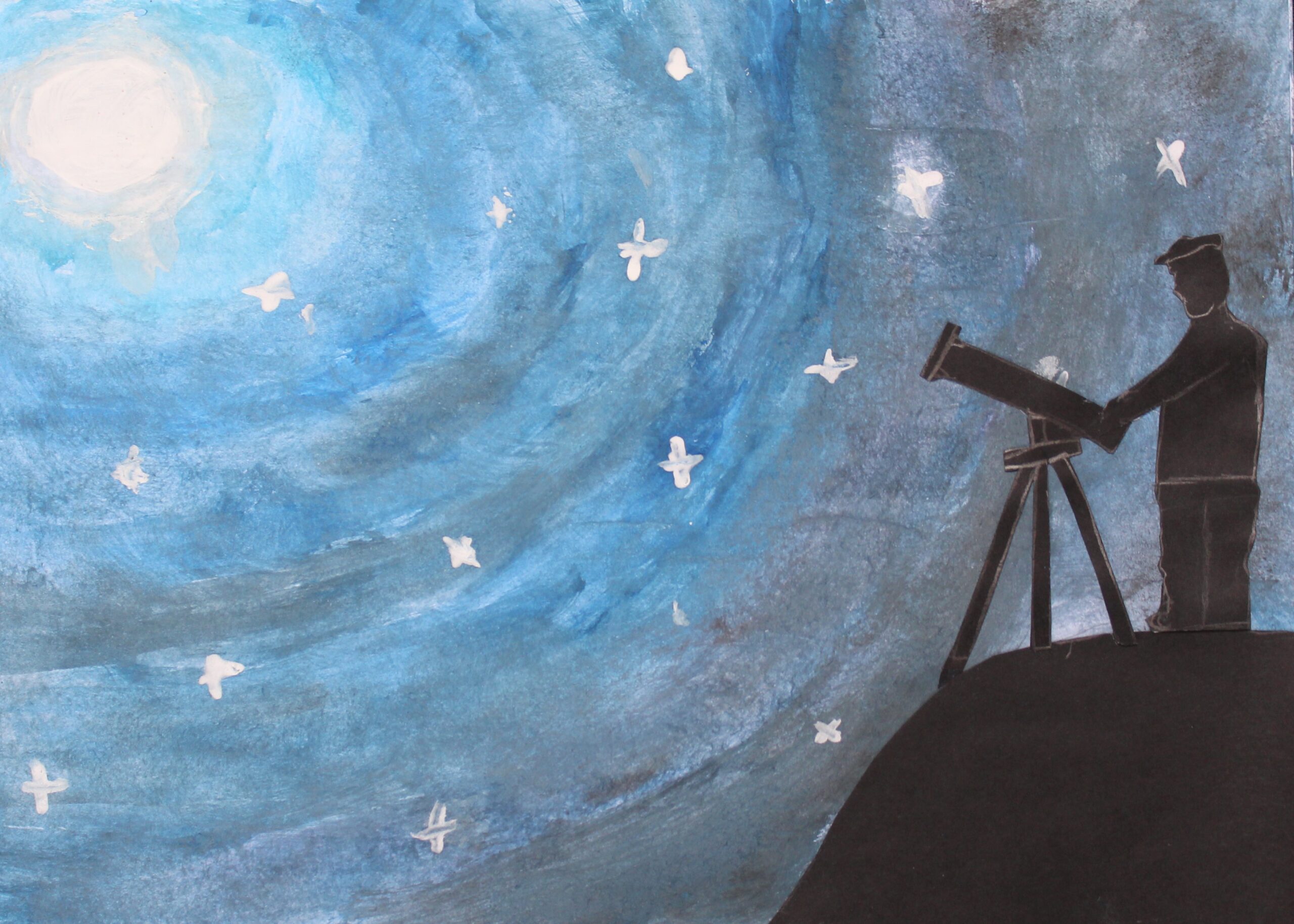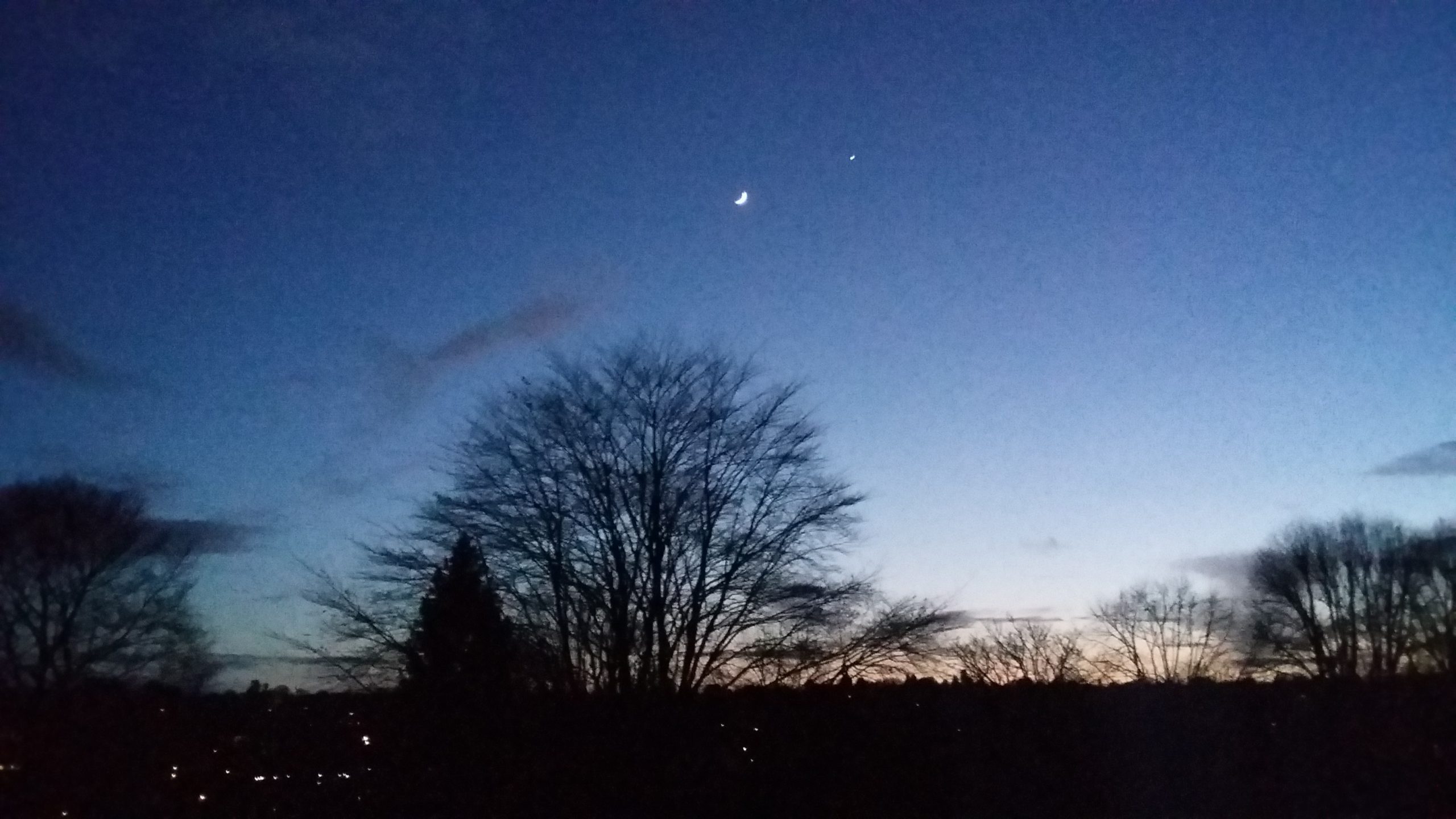Star Count: measuring light pollution

When did you last see the Milky Way, that pale band which appears to arch across the night sky, formed from many billions of stars which make up our own galaxy? Our view of the stars is a source of infinite amazement for scientists and casual observers alike.
Since 2011 CPRE, the countryside charity, has regularly asked people all across the country to become citizen scientists and join in with its Star Count. People are asked to choose a clear night and look up at the constellation of Orion, then let CPRE know how many stars they can spot with the naked eye. The results reveal the impact of light pollution in their area.
Children can get involved
Stargazing is a great activity for children, which you can do from your doorstep or garden or even through a window.
Don’t forget to look at the moon as well: you can notice its different phases and, with the help of binoculars, pick out its surface features.
During late winter and early spring, without any special equipment, these are two constellations you can easily find on a clear night:
- The Plough or Great Bear looks like a giant saucepan. You can use it to find north. Draw an imaginary line through the side of the saucepan away from the handle: follow its line upwards until you see a very bright star. That’s the Pole Star and if you stand to face it you are facing north.
- Orion (the hunter) with his central belt of three stars, is a very distinctive feature in the night sky, especially from January to March. The constellation includes two of the brightest stars in the sky, Rigel and Betelgeuse. These, the belt stars and two others form an hourglass shape.
The impact of light pollution
Sadly there are places in the country where ‘pollution’ by night-time light from many sources spilling into the sky obscures the best view of the stars. Light pollution at night also disrupts wildlife’s natural patterns and can impact on human health too. A really dark sky helps to distinguish rural areas from urban. With light pollution steadily encroaching further into the countryside, CPRE is a leading voice among organisations trying to stop, and even reverse, this trend.
What can you do to help reduce light pollution?
You could campaign for dark skies in your locality. You could for example lobby your town or parish council if a local light source is a problem. You could ask the council to ensure that new developments have well-designed lighting schemes or are refused permission if they would cause light pollution in existing dark places. Better design of street lighting can also reduce light pollution.
Have a think about your own house too, as domestic security lighting and garden lighting is a major source of light pollution, especially when left on all night. You can make sure that your exterior house lights only come on when needed and point downwards, just illuminating the area which needs to be lit.





